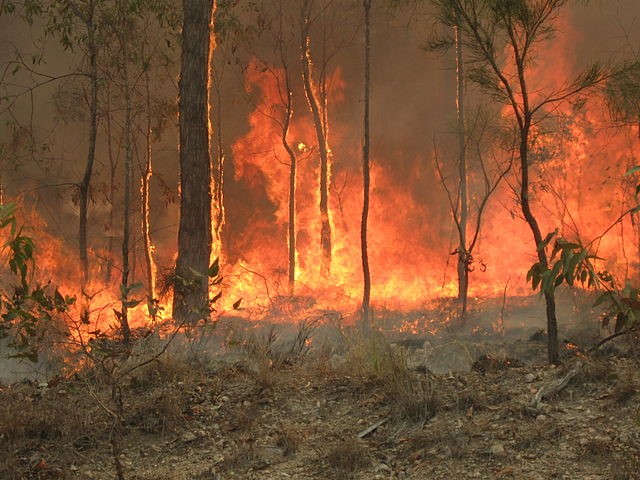



Slaves to deforestation: Labor abuses fuel Brazil's Amazon destruction
When labor inspectors arrived in a rural area of the Brazilian Amazon state of Para in late June, they expected to rescue illegal loggers working in slavery-like conditions. But the trees were already cut down and the loggers gone.

Instead, the officials from Brazil’s anti-slavery mobile enforcement group told Thomson Reuters that they found four men and a boy of 15 building fences and cattle sheds nearby with the illegal timber, on the orders of a local farmer who kept them in a ramshackle camp.
“They had no water, they had no bathrooms,” said Magno Riga, the inspector in charge of the rescue. “They told us they had never been in such a precarious condition.”
Deforestation surged in Brazil after right-wing President Jair Bolsonaro took office in 2019, giving a green light to mining and agriculture in protected parts of the Amazon and weakening environmental enforcement agencies.
But while the forest loss itself sparked international outcry among foreign governments and the public, little attention has been paid to the labor abuses underpinning the practice, legal specialists told the Thomson Reuters Foundation.
Historically, Para is the state where workers are most often found in slavery-like conditions, accounting for at least 13,259 of a total of 56,000 people found across Brazil since 1995.
The state is also a hot-spot for deforestation, topping the list for Amazon region states since 2006, government data shows.
“The relationship (between deforestation and slavery) is permanent,” said Lys Sobral Cardoso, who leads anti-slavery efforts at Brazil’s Labor Prosecutor’s Office, an independent body of public officials.
“It has been that way for 20 to 30 years,” she added.

Cattle and mines
While there is no hard data on deforestation and slave labor, more than 1,324 workers have been rescued from slavery-like conditions while felling wood from native forests since 1995, said Mauricio Krepsky, head of the government’s Division of Inspection for the Eradication of Slave Labor.
But there are likely many more such cases going undetected, said Krepsky, as inspectors find it hard to get information and rescue workers in remote areas where most deforestation occurs.
“Many workers do not report (their employers) for fear of not getting more work or even of being murdered,” he said.
In 2019, when deforestation jumped, 12 workers were rescued in Para and 17 in Roraima, both Amazon states, with several more rescues carried out since.
Traditionally, unscrupulous farmers have used slave labor to clear land for cattle, which feeds Brazil’s powerful meat-packing industry - but recently mining is also attracting attention from the authorities as a driver of deforestation.
“We do not have consolidated data saying that there is deforestation in all (illegal) mining areas, but in all cases in which I worked, there was deforestation,” said Cardoso, who has worked on about 20 such cases.
Slavery in Brazil is defined as forced labor but also includes degrading work conditions, long hours posing a health risk or work that violates human dignity.
Read more about this story from Thomson Reuters.
Source: Reuters



